The authors used a long-read nanopore method to study chromatin accessibility and DNA methylation of the highly repetitive centromeres, telomeres, and ribosomal DNA arrays in both wildtype and DNA methylation mutants of Arabidopsis.


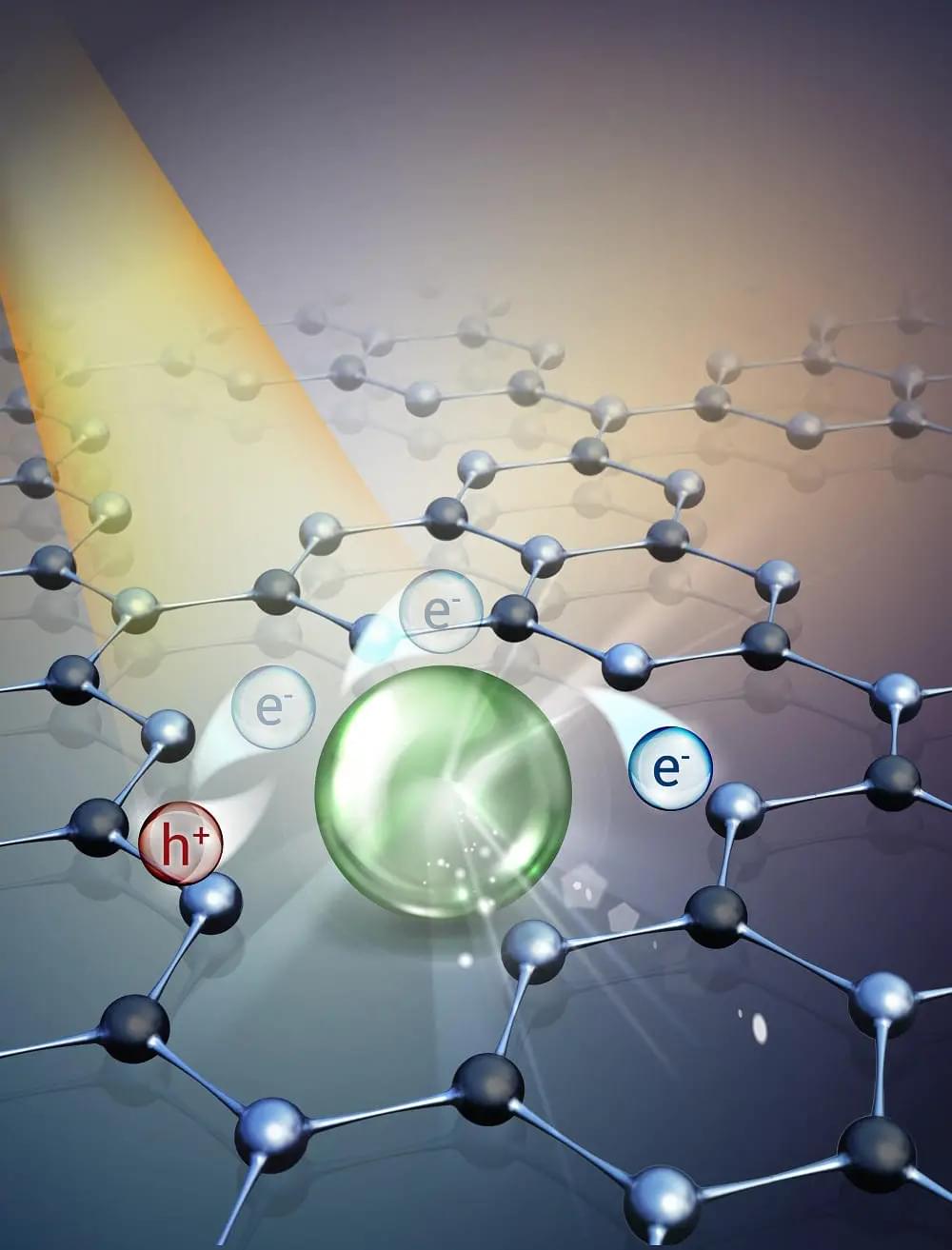
A new discovery by the Polytechnic University of Milan opens up new perspectives in the field of sustainable chemical synthesis, promoting innovative solutions that allow chemicals to be created in a more efficient and environmentally friendly way. The findings were recently published in the journal Nature Synthesis.
Using the innovative technique of dispersing isolated atoms on carbon nitride supports, the team developed a catalyst that is more active and selective in esterification reactions. This is an important reaction in which carboxylic acids and bromides are combined to form products used in the manufacture of medicines, food additives, and polymers.
The revolutionary feature of this new catalyst is that it reduces the use of rare metals, a significant step towards conserving critical resources and making processes more sustainable. In addition, the catalyst can be activated by sunlight, eliminating the need for energy-intensive methods. This discovery holds enormous potential in reducing dependence on finite resources and lowering the environmental impact of catalytic processes.
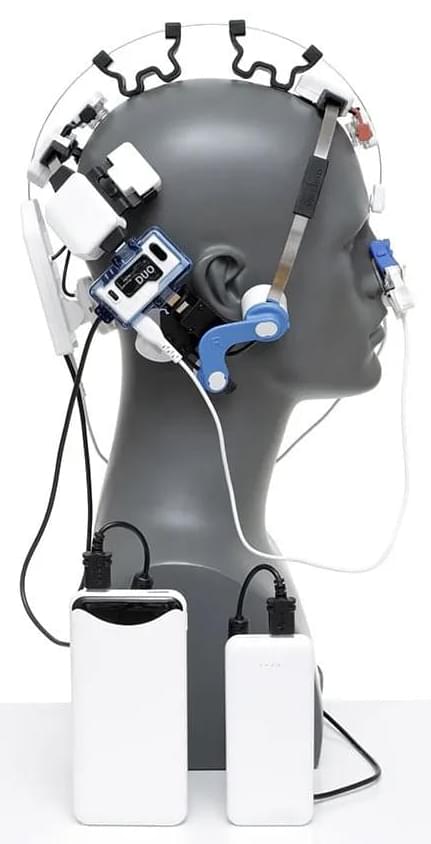

With just a couple of “pieces of matter”—representations of one basic unit of a material—the new platform can create thousands of previously unknown morphologies, or structures, with the properties Amir Alavi specified.(Credit: Amir Alavi/U. Pittsburgh)
In a paper published in the journal Advanced Intelligent Systems, Amir Alavi, assistant professor of civil and environmental engineering in the University of Pittsburgh’s Swanson School of Engineering, outlines a platform for the evolution of metamaterials, synthetic materials purposefully engineered to have specific properties.
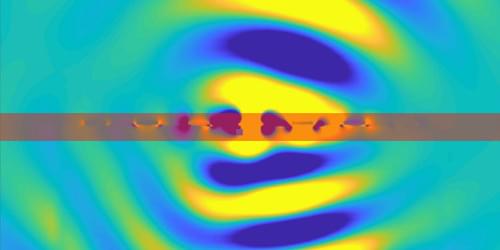
A thin film patterned with nanoantennas exhibits negative refraction of light, a useful feature for subwavelength imaging.
Materials that refract light the “wrong way” could be used to make optical lenses that can image objects smaller than visible wavelengths. So-called negative refraction has been demonstrated in thin films in which surface plasmons—collective charge oscillations—have been excited by a powerful laser. Now, an international team involving Purdue University, Indiana, the University of Glasgow, UK, and Imperial College London show that they can more efficiently achieve the same effect by placing an array of nanoscale antennas on the film.

Physicist Luke MacQueen combines tissue engineering with stem cell technologies to produce synthetic meat whose texture mimics that of natural meat.
Winston Churchill—the well-known wartime leader and lesser-known Nobel Laureate in Literature—published an essay in 1931 in The Strand Magazine in which he imagined the future “Fifty Years Hence.” Many of his predictions turned out to be prophetic—wireless telephones, television, and nuclear power—while others read like science fiction. But one of his futuristic ideas—growing meat in a lab—may just be a few years away, if Luke MacQueen of Harvard University has his way.

Those looking to make their academic departments more diverse, equitable, and inclusive can learn from previous wins and setbacks.
Achieving equity, diversity, and inclusion is a popular mantra—but is it important for the future of physics? A resounding yes to that question appeared several years ago in a public letter from more than 2000 physicists. The letter was a response to US Supreme Court Chief Justice John Roberts, who, in a high-profile affirmative action case, questioned whether minority students would bring a unique perspective to physics. But what are the arguments for increasing diversity and inclusion? Some are practical: The change would make more talent available to our profession. Diverse teams of people also perform better than homogeneous ones. Another argument is moral: to have bias, discriminate, or exclude African Americans and other people of color, women, people with disabilities, or sexual and gender minorities is incompatible with basic human rights.

Upcoming gravitational-wave observatories could find evidence of a new type of neutrino, supporting a popular theory for why matter dominates over antimatter.
Many cosmologists look to a model called the seesaw mechanism to explain both the Universe’s preponderance of matter over antimatter and why the three flavors of neutrinos are so light. The seesaw mechanism resolves these big questions by introducing a yet-unobserved particle known as a sterile neutrino, which is far more massive than the known neutrino flavors. In new theoretical work, Graham White of TRIUMF, Canada, and colleagues propose a method to test the model indirectly using gravitational-wave observatories due to come online in the next decade and beyond. Direct observation is impossible for now, as producing sterile neutrinos experimentally would require a particle accelerator many orders of magnitude more powerful than the Large Hadron Collider.
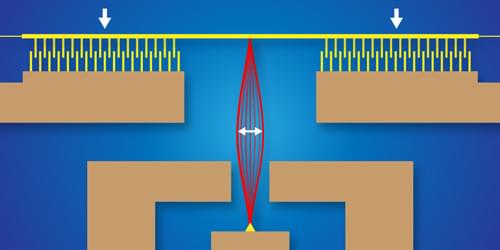
An electromechanical device allows researchers to control and study how a nanoscale beam buckles when compressed.
The buckling of a column or other structural element is typically something that engineers want to avoid, but a new device offers a way to control this type of deformation on microscopic scales. The design combines small actuators and circuits that generate mechanical and electrostatic forces on a nanoscale beam, causing it to buckle to the left or to the right. By manipulating the beam’s deformation, researchers may be able to harness buckling for sensitive detectors or for testing the relationship between thermodynamics and computing.
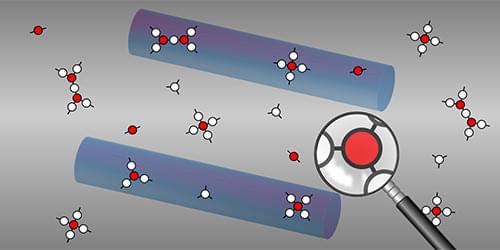
Quantum simulators can help researchers extract the key parameters of a quantum field theory from experiments.
One of the greatest challenges in physics is to understand how collective, macroscopic behaviors, such as phase transitions, emerge from the microscopic dynamics of the constituents of a system. A pivotal approach to tackle such many-body problems is offered by quantum field theory (QFT), which plays a central role in describing, for instance, superconductivity and the quantum Hall effect. QFT makes a number of problems solvable by describing a system in terms of fields distributed in space and time, while neglecting many of the microscopic details of the system. However, when developing a QFT description for a given system, it can be challenging to derive the theory’s parameters from experiments, limiting the theory’s predictive power. Now, Torsten Zache of Heidelberg University, Germany, and colleagues have demonstrated a new approach to incorporate experimental data into the construction of a QFT [1].